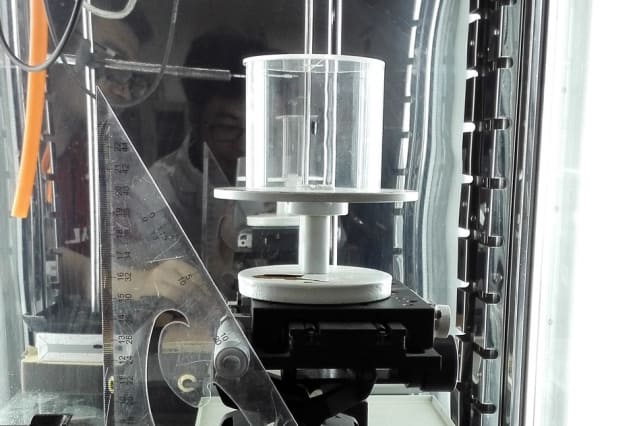Spider’s silk offers new twist in search for artificial muscles
A recently discovered property of spider’s silk could lead to new kinds of artificial muscles or robotic actuators, an international team of researchers has found.

The team has discovered supercontraction, which occurs above a certain level of relative humidity in the air causing the fibres in spider’s silk to simultaneously contract and twist. In doing so, they exert enough force to potentially be competitive with other materials being explored as actuators.
The findings are reported in Science Advances, in a paper by MIT Professor Markus Buehler, head of the Department of Civil and Environmental Engineering, along with former postdoc Anna Tarakanova and undergraduate student Claire Hsu at MIT; Dabiao Liu, an associate professor at Huazhong University of Science and Technology in Wuhan, China; and six others including contributions from Queen Mary University of London.
Register now to continue reading
Thanks for visiting The Engineer. You’ve now reached your monthly limit of news stories. Register for free to unlock unlimited access to all of our news coverage, as well as premium content including opinion, in-depth features and special reports.
Benefits of registering
-
In-depth insights and coverage of key emerging trends
-
Unrestricted access to special reports throughout the year
-
Daily technology news delivered straight to your inbox










National Gas receives funding to develop Gravitricity underground hydrogen storage system
There can't possibly ever be a '<i>business</i>' case for the <i><b>bulk</b></i> storage of hydrogen, since Green hydrogen electrolysis...